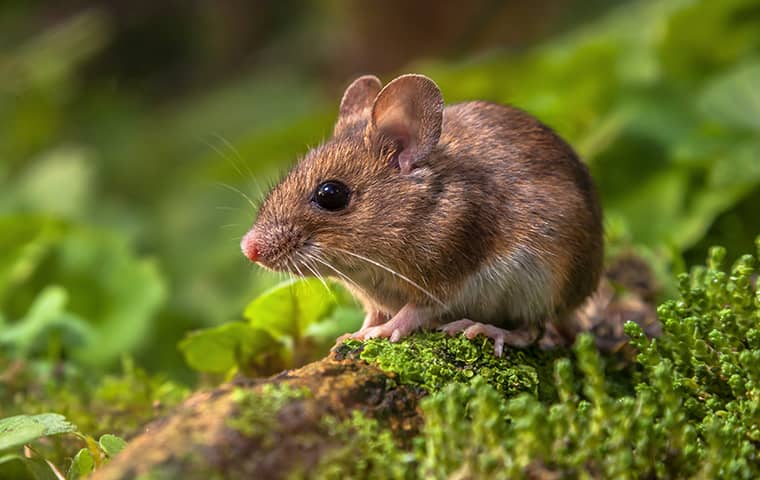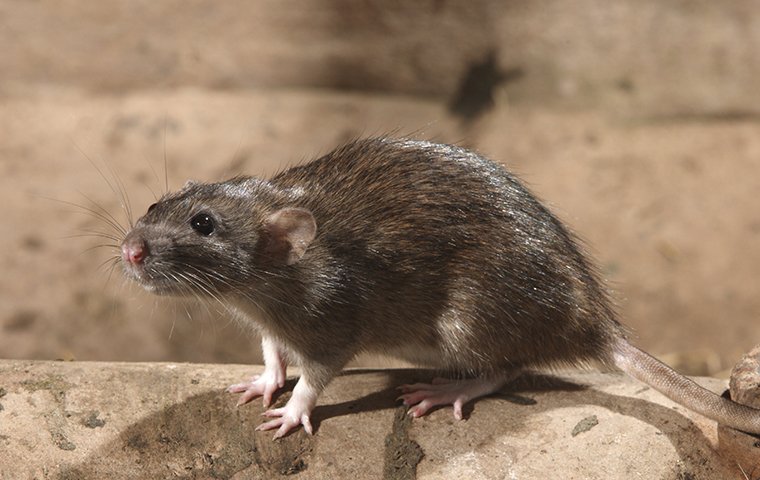Rodents
What are rodents?
Utah is a beautiful state. Unfortunately, it doesn’t provide just people with a great place to call home, but many rodents as well. Deer mice, house mice, field mice, meadow voles, Norway rats, and roof rats all call our state home.
Two things that these different species of rodents all have in common are their constantly growing front incisors and their ability to make themselves comfortable in our Utah homes. Rodents can squeeze their bodies through tiny spaces, which is why keeping these pests out of our homes is such a frustrating task and a task that is best supported with the help of a professional!
House Mice
The most common rodent found in many Ogden-area homes is the house mouse. As an adult, house mice grow to between 5 ½ and 7 inches in length, including their long tail. House mice are distinguishable by their small, beady eyes and their ears and tails which are both covered in a lighter layer of fur. The fur on their body ranges in color from grayish-brown to dark gray.


Field Mice
Though field mice do exist in Utah, it is more likely that this pest will invade your yard than your home. They may also be found in any marshy or wooded areas near your property. Field mice have mostly brown fur on their backs which blends to a white on their undersides.
Meadow Voles
Like field mice, meadow voles are less likely to infest your home and more likely to dig up your garden and plants. Meadow voles are small brown rodents about 6 inches in length. They are known to chew on leaves, stems, roots, seeds, and grasses, which could mean ruining your yard.


Norway Rats
Norway rats are big black rats that grow to between 7 and 9 1⁄2 inches in length with another 6 to 8 inches with their tails. Norway rats have a round blunt nose, black eyes, small ears, and a two-colored tail. Their fur is technically dark brown and peppered with black hairs, but it looks black at a glance. The fur on their belly is lighter in color.
Roof Rats
The roof rat has a lighter build than Norway rats, making them excellent climbers. Unlike the Norway rat, this type of rat is often found climbing trees in order to access buildings through the roof. Roof rats are typically brown with a contrasting lighter colored underbelly. Roof rats have pointed noses, large ears, and large eyes. The body of the adult roof rat grows to about 6-8 inches in length; their long tail adds another 6-8 inches onto their total body length.

